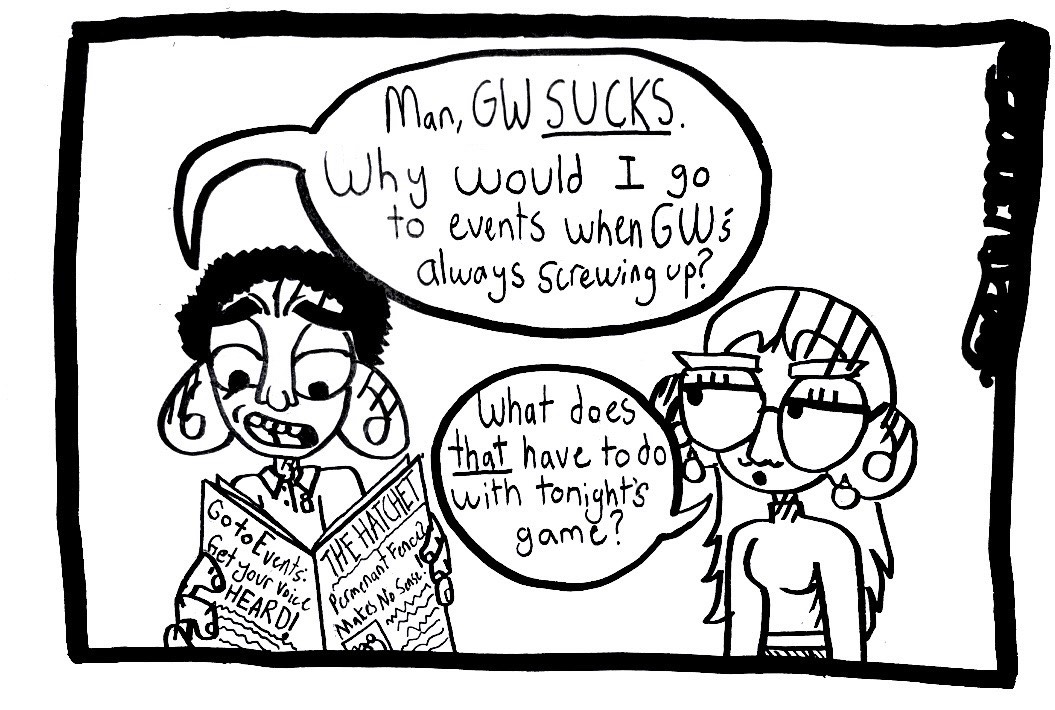As the cost of attending college continues to rise, the conversation about how students will be able to afford their education is front and center. For students with a history of low-level crime, this conversation is even more pertinent.
Until recently, incarcerated and formerly incarcerated people pushing to get an education and improve their career prospects could receive Pell Grants. These grants are one of the driving forces that allow low-income students to attend college, as they are federal aid given to students whose family income is less than $50,000 per year.
Nationwide prison strikes, which began Aug. 21 and continued through Sunday, took place in at least 17 states to bring public awareness to the poor conditions that incarcerated people currently endure. Among their 10 demands is the ability to receive Pell Grants, and universities across the country should take the lead in signaling to policymakers that allowing incarcerated people to obtain these funds is vital to their livelihood.
GW already considers applicants holistically and may accept students with prior felony convictions. The next step is for the University to recognize that many students with felony convictions need Pell Grants as an essential financial ingredient for their success in higher education.
The disbursement of Pell Grants to incarcerated individuals was banned by the Clinton administration, but hope for incarcerated students pursuing higher education was revived under the Obama administration when the Second Chance Pell Pilot Program was launched. The program was developed as a way to make vocational training and college-level classes accessible for incarcerated individuals – but the program’s future is uncertain under Education Secretary Betsy DeVos, who explicitly stated that the Department of Education is “not real involved with criminal justice reform issues.” Unless universities show support for the program, it is likely that thousands of prisoners currently enrolled in classes will lose their access to higher education.
Across the country, more than 78,000 individuals are currently incarcerated for drug-related offenses. Through the Second Chance Pell Pilot Program, if it is likely that an incarcerated student will be released within five years, they may receive a Pell Grant. This means by design, the program prioritizes incarcerated students with less serious sentences who want to rehabilitate and reintegrate into society.
Additionally, many students taking advantage of the educational program have been incarcerated for minor offenses, such as drug-related offenses that often are penalized unnecessarily harshly, particularly for non-white people. The program gives students who want to rehabilitate a second chance to do so and to move forward with their higher education.
The Second Chance Pell Pilot Program, which helps several thousand incarcerated students currently taking classes, will cease to exist unless it is renewed each year. Now is an especially crucial time for large universities, like GW, to show their support for the program. Sixty-seven universities, including Villanova University and the University of Baltimore, participate in the program, many of them public or smaller, private universities with less political sway. Support from bigger, more well-known and well-funded universities including GW will be critical to generate political will in Congress for the program’s renewal.
The unemployment rate for formerly incarcerated individuals is 27 percent – almost seven times the national unemployment rate. By funding this project and supporting its growth at universities across the country, that staggering unemployment rate may fall as reformed and educated incarcerated individuals get a college education and are better able to find jobs.
The goal of the program is to reduce recidivism, or the likelihood that a person will reoffend, through access to higher education, and the program has achieved exactly that. Incarcerated individuals who participated in correctional education programs are 43 percent less likely to return to prison after release, according to a 2014 study. Studies have concluded that a lack of education correlates with higher rates of incarceration, which further supports the notion that educating incarcerated individuals will help them lead better lives.
In the current national debate over rehabilitation versus punishment in our prisons, the goal of reducing recidivism has become lost as prisoners are organizing sit-ins and hunger strikes in protest of failing conditions and unfair labor. Now that the prison strikes are in the national limelight, GW and other large universities must show their support for the Second Chance Pell Pilot Program to support individuals who are dedicated to rehabilitation upon release from prisons. Without widespread support to generate political will in Congress for its renewal, the future of the program looks bleak, but universities can make a difference.
Nate Muramatsu, a senior majoring in international affairs, is a Hatchet columnist.
Want to respond to this piece? Submit a letter to the editor.


